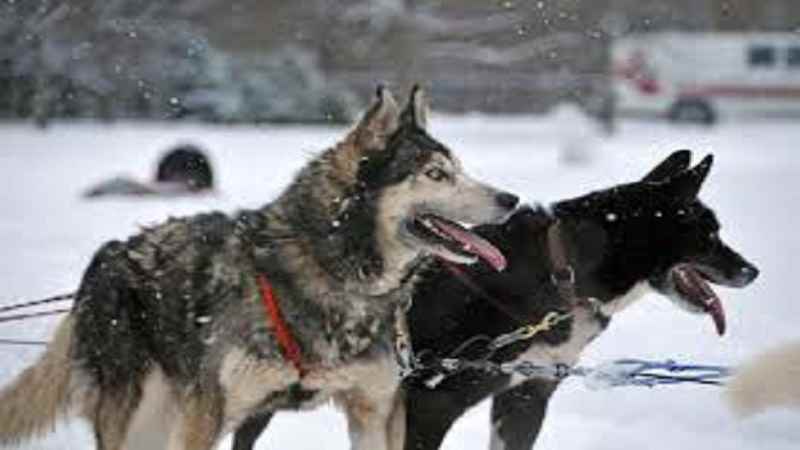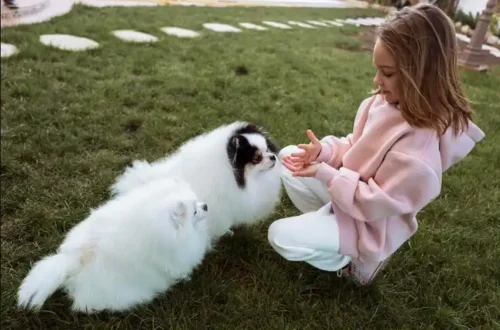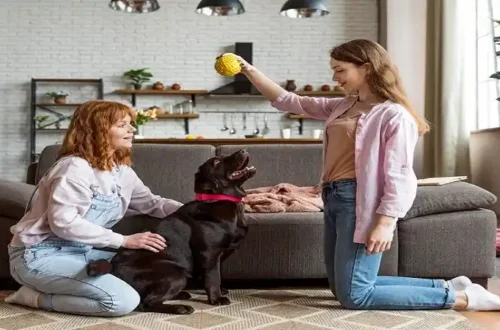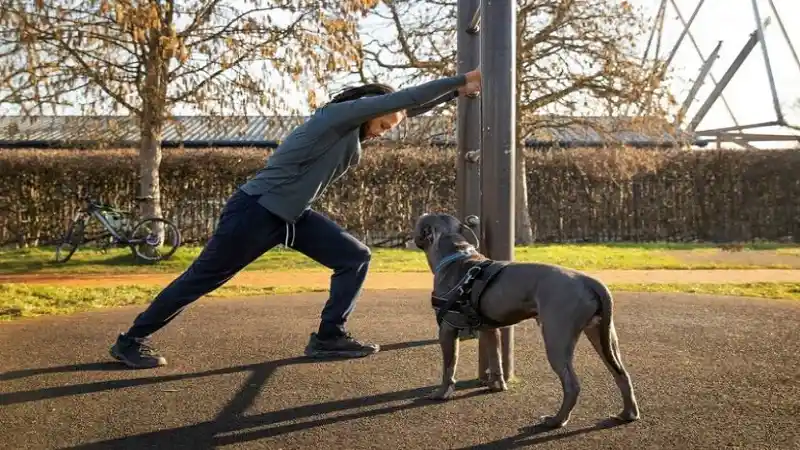Dogs have been companions to humans for thousands Drawing:Iek1Gnzs5p4= Dog of years, and their charm, loyalty, and variety make them one of the most beloved subjects for artists. Drawing dogs can be a delightful and fulfilling experience, whether you’re a complete beginner or someone looking to refine your skills. In this article, we’ll explore the fundamentals of drawing dogs, including tips, techniques, and step-by-step guidance to help you capture the essence of these wonderful animals.
Understanding Dog Anatomy
Before you pick up your pencil, it’s important to have a basic understanding of dog anatomy. Dogs come in various breeds, each with distinct features, but there are some common elements that can help you in your drawing.
1. Basic Structure
- Skeleton and Proportions: Understanding the skeletal structure of a dog will help you create a realistic drawing. Dogs have a long body, a proportionate head, and legs that are sturdy and strong. Start by sketching a simple framework using basic shapes: circles for the head and joints, and lines for the spine and limbs.
- Muscle Structure: Dogs are muscular animals, and their movement is fluid. Knowing where the muscles are can add depth to your drawings. Focus on the shoulders, hindquarters, and legs, which are essential for depicting movement.
2. Unique Features of Different Breeds
Each dog breed has its own unique traits. Here are some characteristics to keep in mind:
- Ears: Breeds like the Dachshund have long, droopy ears, while the German Shepherd has erect ears.
- Nose and Muzzle: The shape and length of the muzzle vary widely; for instance, Bulldogs have short, squished faces, while Greyhounds have long, slender muzzles.
- Fur Texture: The texture and length of fur can greatly influence how you draw a dog. Short-haired breeds like Beagles have a smooth coat, while breeds like Poodles have curly fur.
Tools You’ll Need
To start your drawing journey, gather a few essential tools:
- Pencils: A range of pencils (H for lighter lines, B for darker, softer lines) will allow for versatility.
- Paper: Choose a good quality sketchbook or drawing paper. You might also want some smooth bristol board for more refined work.
- Erasers: A kneaded eraser can help lift graphite without damaging the paper.
- Reference Photos: Use photographs of dogs, ideally of the breed you wish to draw, to capture their unique features.
Step-by-Step Guide to Drawing a Dog
Let’s go through a simple process to draw a dog. For this guide, we’ll focus on drawing a Labrador Retriever, known for its friendly demeanor and sturdy build.
Step 1: Sketch the Basic Shapes
Start with light pencil strokes to outline the basic shapes of the dog:
- Head: Draw a circle for the head. Add a vertical line Drawing:Iek1Gnzs5p4= Dog down the center and a horizontal line across the middle to help position the facial features.
- Body: Below the head, sketch an oval for the body. This should be slightly elongated to represent the Labrador’s shape.
- Legs: Draw rectangles or lines for the legs, ensuring they are proportionate to the body. The front legs will be slightly shorter than the back legs due to the dog’s stance.
- Tail: Add a long, slightly curved line for the tail.
Step 2: Define the Features
Now it’s time to refine your drawing:
- Face: Start adding the eyes, nose, and mouth. Labrador Retrievers have friendly, expressive eyes, so make them slightly oval and positioned on the horizontal line. The nose is broad and placed at the bottom of the circle.
- Ears: Add the floppy ears by sketching two curved shapes that hang down on either side of the head.
- Body Outline: Refine the body shape, connecting the head to the body with a smooth line, and shaping the legs to give them volume.
Step 3: Add Details
This is where your drawing will start to come alive:
- Fur Texture: Use short, quick strokes to depict the Labrador’s short coat. Focus on areas where the fur naturally lays and creates shadows.
- Shading: Add depth with shading. Use a softer pencil (B or 2B) to darken areas where shadows fall, such as under the belly, behind the legs, and beneath the ears.
- Facial Features: Darken the eyes and add a highlight to them to give them life. Shade the nose to create dimension.
Step 4: Final Touches
Once you are satisfied with the details, it’s time to refine and clean up your drawing:
- Erase Guidelines: Carefully erase any remaining Drawing:Iek1Gnzs5p4= Dog guidelines and sketch marks that are no longer needed.
- Enhance Shadows: Go back over the shaded areas to deepen them where necessary, creating a more three-dimensional look.
- Background: If desired, add a simple background—a grassy field or a cozy home setting— to give context to your drawing.
Tips for Improving Your Dog Drawings
- Practice Regularly: The key to improvement is practice. Try drawing different breeds and experiment with various poses.
- Study Reference Material: Observe dogs in real life or through photographs. Pay attention to their movements, expressions, and postures.
- Join a Community: Consider joining an art class or online community. Sharing your work and receiving feedback can provide valuable insights.
- Keep a Sketchbook: Maintain a sketchbook dedicated to dog drawings. This allows you to track your progress over time.
Exploring Different Styles
Once you feel comfortable with realistic drawings, try exploring various artistic styles:
- Cartoon Style: Simplify shapes and exaggerate features. For example, make the ears oversized and the body rounder.
- Abstract: Play with shapes, colors, and forms. Focus on capturing the essence of a dog without realistic detail.
- Digital Art: If you have access to digital tools, experiment with drawing dogs on a tablet. This can open up new avenues for creativity.
Conclusion
Drawing dogs can be an incredibly Drawing:Iek1Gnzs5p4= Dog rewarding pursuit, allowing you to capture the essence of these lovable animals. By understanding their anatomy, practicing regularly, and exploring various styles, you can develop your unique artistic voice. Whether you aim to create lifelike portraits or playful cartoons, remember that the most important aspect is to enjoy the process. So grab your pencils, find your favorite reference photo, and let your creativity run wild!





